I try to reach Lobster Shack at North Coronado Island each fall to dive with California Sea Lions (Zalophus californianus). Some years are better than others but generally the months of October and November offer superb encounters with these gregarious young pinnipeds. I say young because in fact the gangs of curious little sea dogs that are most willing to approach closely at that time of year are yearlings and the pups of the year who have matured just enough that they want, and are able to, venture out far enough from the rocks on which they haul out to engage with divers and whatever else lies in the big ocean. The pups were born around summer, are still being nursed and taught by their mothers, and now are spreading their wings a little and exploring while still staying close to home. Roughly the same timing holds true of many other rookeries on the west coast of North America, including the famous Los Islotes sea lion rookery near La Paz, Mexico and Webster Point on Santa Barbara Island off Southern California. Islotes is an environmental success, having some of the best protection in the Sea of Cortez, but it comes with a price: crowds of divers and limitations about where and how you can dive are present at Islotes now. Santa Barbara Island is not easy to reach and often subject to difficult sea conditions, so you will generally be alone there. Lobster Shack is also usually devoid of other divers, a plus as it makes photographing groups of animals and the very youngest pups easier.
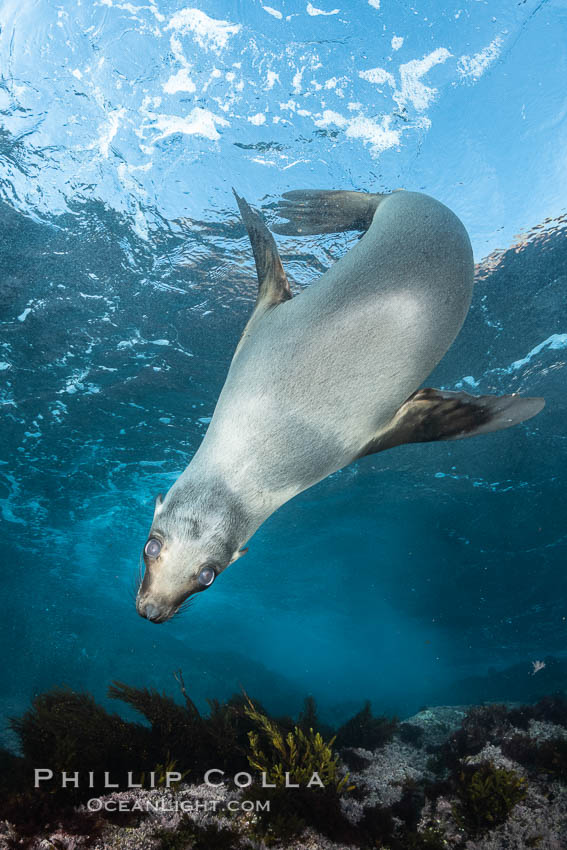
Portrait of a young California sea lion underwater, Coronados Islands, Baja California, Mexico
Image ID: 35859
Location: Coronado Islands (Islas Coronado), Baja California, Mexico
Since the late 1980s I have made hundreds of dives at these rookeries in the fall months, with the result that I have way too many sea lion photos. After all, the world only needs so many photos of California sea lions. But I am drawn to these places and the mammalian snowflakes that reside there, appreciating how each pup is beautiful and unique and deserving of a portrait to commemorate the time it spent near me underwater. I’ll keep shooting portraits of California sea lions until I can no longer dive. These are a few of my favorites from Fall 2019, I hope you like them. (Also, check out 2018’s version of this collection.) There was a ton of fun had while making these pictures, more than any non-diver can probably understand. Cheers and thanks for looking!
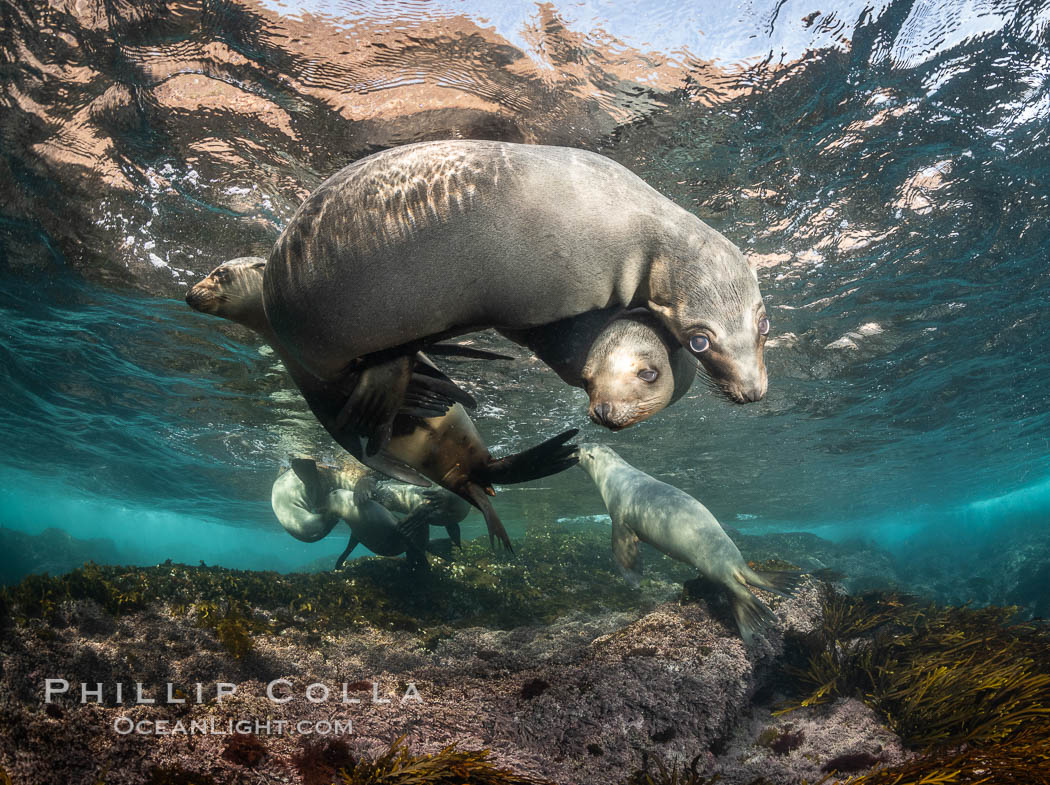
Young California sea lions playing underwater, Coronados Islands, Baja California, Mexico
Image ID: 35853
Species: California Sea Lion, Zalophus californianus
Location: Coronado Islands (Islas Coronado), Baja California, Mexico
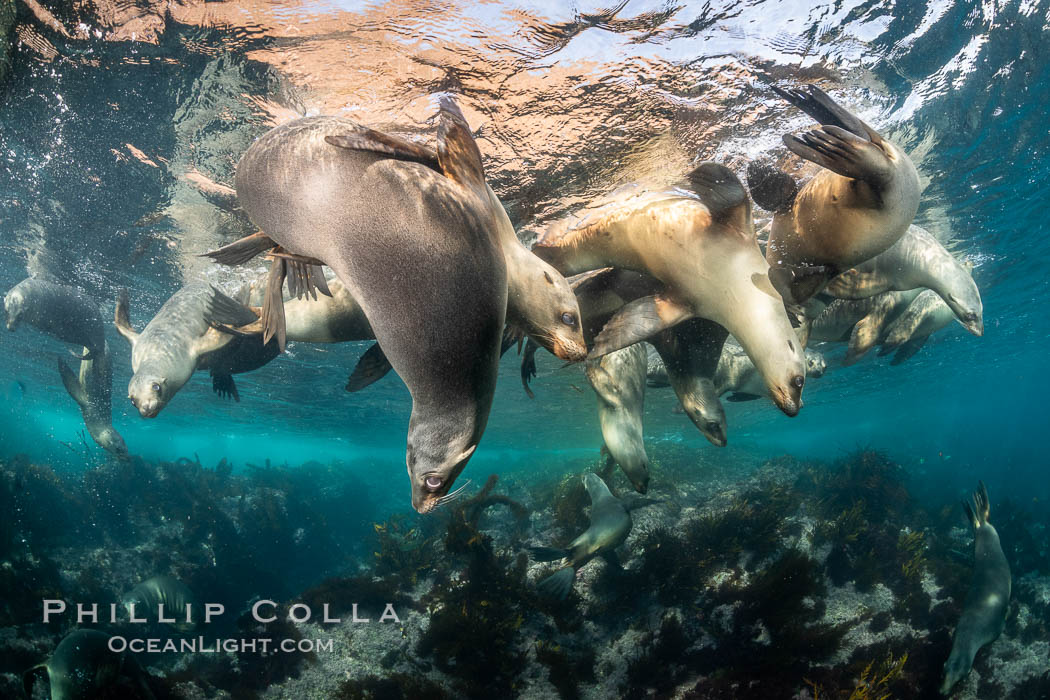
Young California sea lions playing underwater, Coronados Islands, Baja California, Mexico
Image ID: 35854
Species: California Sea Lion, Zalophus californianus
Location: Coronado Islands (Islas Coronado), Baja California, Mexico
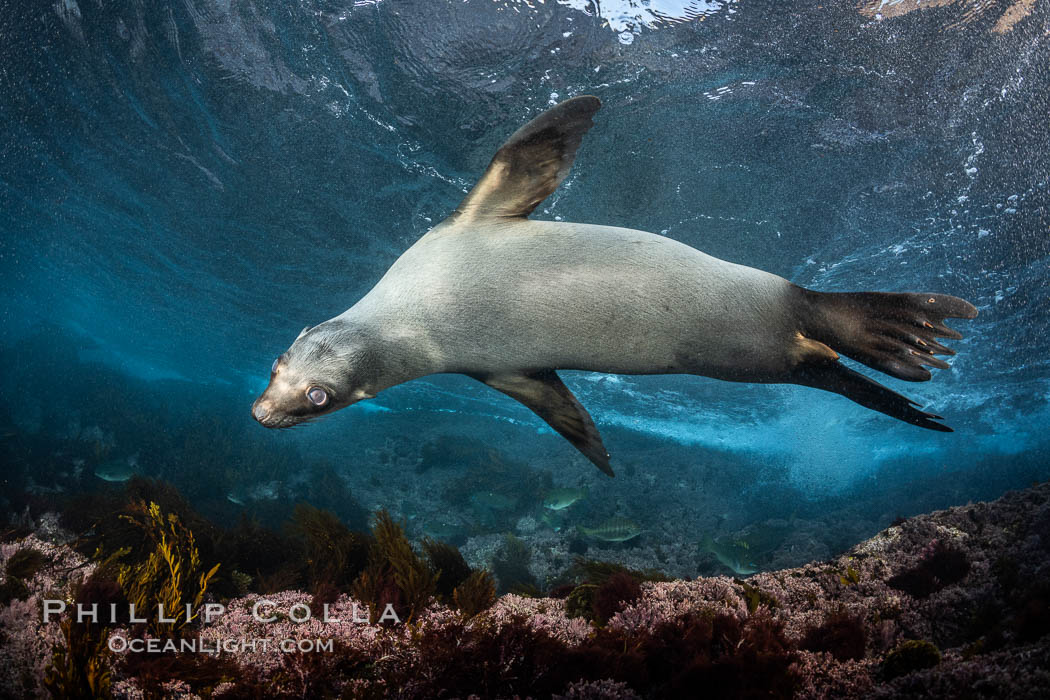
Portrait of a young California sea lion underwater, Coronados Islands, Baja California, Mexico
Image ID: 35860
Species: California Sea Lion, Zalophus californianus
Location: Coronado Islands (Islas Coronado), Baja California, Mexico
Where exactly is “Lobster Shack” you ask? In the aerial photo below Lobster Shack is a small cove just out of sight, around to the left of the point of the island.
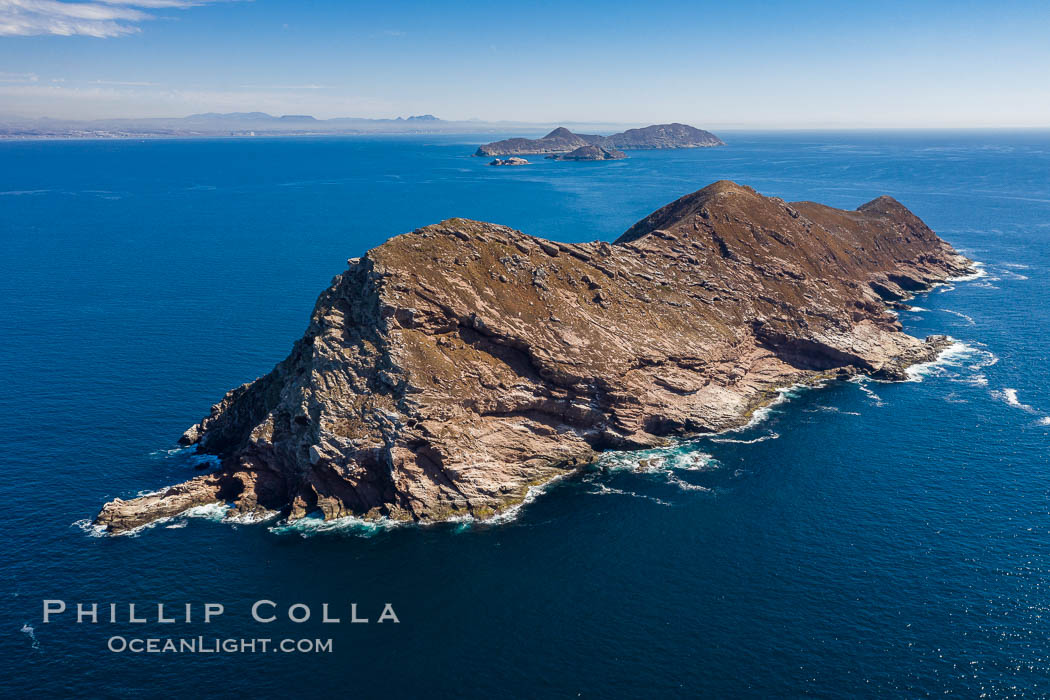
North Coronado Island, Mexico, northern point looking south with Middle and South Islands in the distance, aerial photograph
Image ID: 35894
Location: Coronado Islands (Islas Coronado), Baja California, Mexico
A word about lighting. I like a lot of light on some subjects, including most animals and reef scenes. I fully understand that shadows and detail and silhouettes and leaving-something-to-the-imagination have their place in the world of photography technique. However, I shoot strongly-lit portraits and pretty much nothing else. I think these animals are gorgeous, with smooth golden brown fur, rakish flippers and doe-like eyes. I want to throw enough light on the animal to really show how beautiful it is. A sea lion’s coat, however, is difficult to fully light as it absorbs much of the light that is cast upon it. (Kelp is similar, by the way — it is hard to overexpose it.) Many photographers are satisfied with images that are lit primarily by the sun with a tad of weak flash fill. That is not the look I am going for — such images simply look underexposed to me. I didn’t say “those images aren’t good enough”, that would be impolitic of me. But in fact underlit sea lion images aren’t good enough. For the most part I am pointing upward so the aspect of the sea lion that is visible to me is often in partial or total shadow. I want the lighting on the underside of the sea lion to balance that of bright sky and surface of the ocean that is typically in the background. I don’t want there to be any question what the animal looks like, so a dim or partially lit sea lion doesn’t work and goes in the trash. Because I am looking at the shadowed side of the animal that sucks up so much light to begin with, I use one of the most powerful strobes models available just to have a chance at a pleasing shot. These strobes are large, throw out a lot of light if needed, and can recycle for another shot very quickly. The recycle time is crucial. I have had 2 hour dives at Islotes or Lobster where the action and photo ops were non-stop. Without the ability to shoot almost continuously and know my strobes were keeping up, I would have missed a lot of images. Unfortunately my strobes are no longer made. I managed to find the last three that were available in the US! I rarely see others using similarly-powered strobes, except for a couple of pros I know who also spend an awful lot of time photographing the Lobster Shack sea lions. I’ve only seen bigger, more powerful strobes once in recent years, wielded by a Canadian friend who uses them with superb results on Steller sea lions, a species that is even more difficult to light well than California sea lions. (Mike’s strobes are made by Hartenberger.) They get it: good sea lion photography requires a lot of light. At the very least, having a lot of light and being able to recycle that light quickly gives you options. Wimpy tropics/travel strobes will often hold you back when it comes to photographing sea lions.
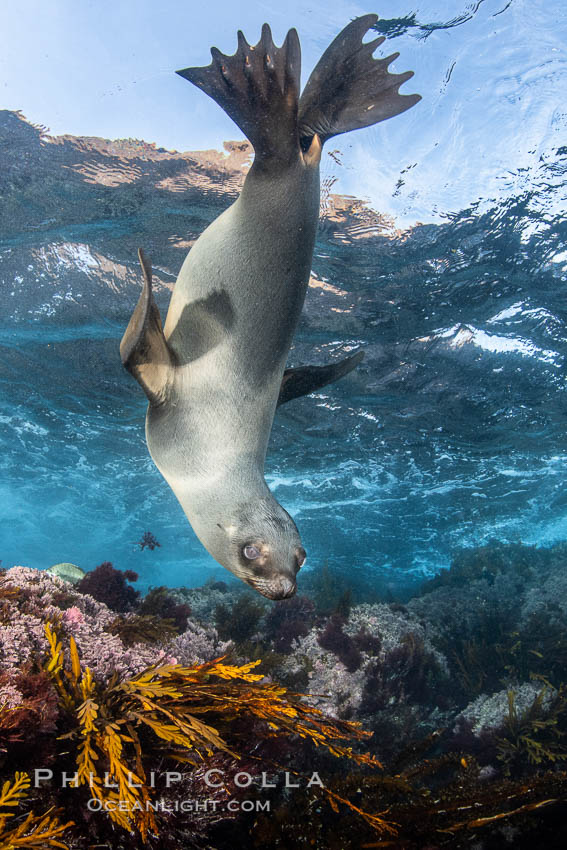
Portrait of a young California sea lion underwater, Coronados Islands, Baja California, Mexico
Image ID: 35861
Species: California Sea Lion, Zalophus californianus
Location: Coronado Islands (Islas Coronado), Baja California, Mexico
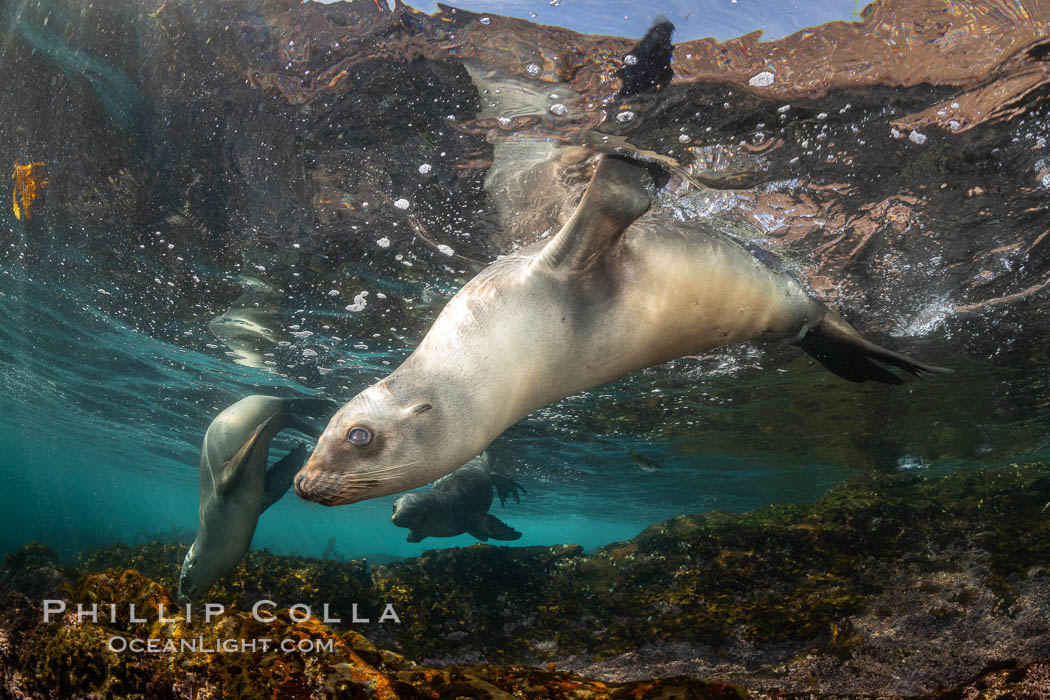
Portrait of a young California sea lion underwater, Coronados Islands, Baja California, Mexico
Image ID: 35862
Species: California Sea Lion, Zalophus californianus
Location: Coronado Islands (Islas Coronado), Baja California, Mexico
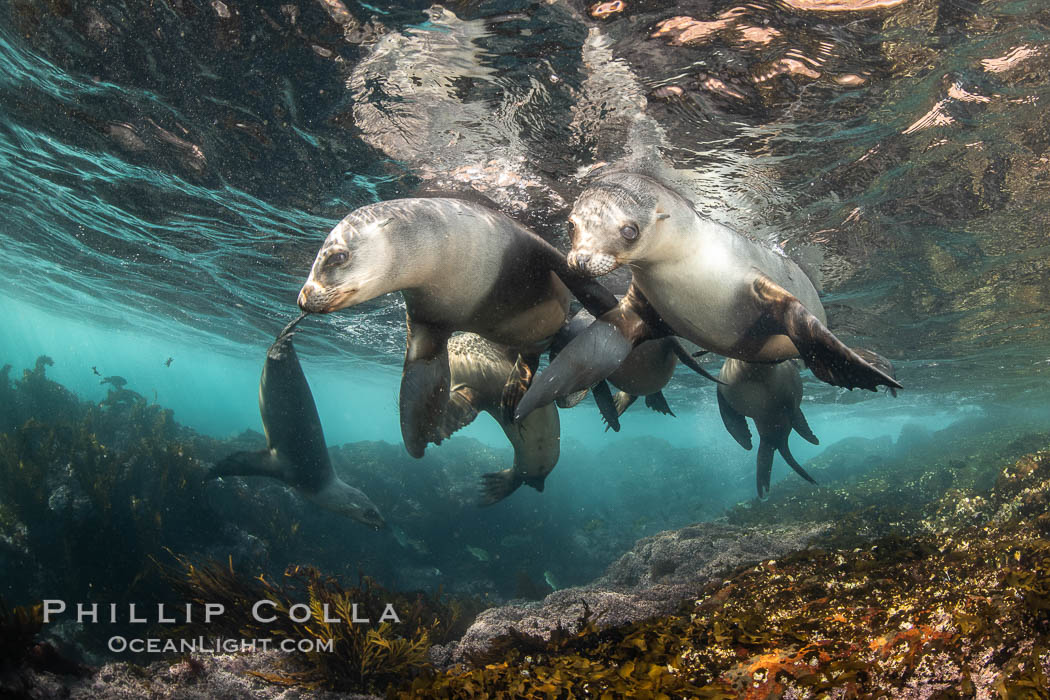
Young California sea lions playing underwater, Coronados Islands, Baja California, Mexico
Image ID: 35864
Species: California Sea Lion, Zalophus californianus
Location: Coronado Islands (Islas Coronado), Baja California, Mexico
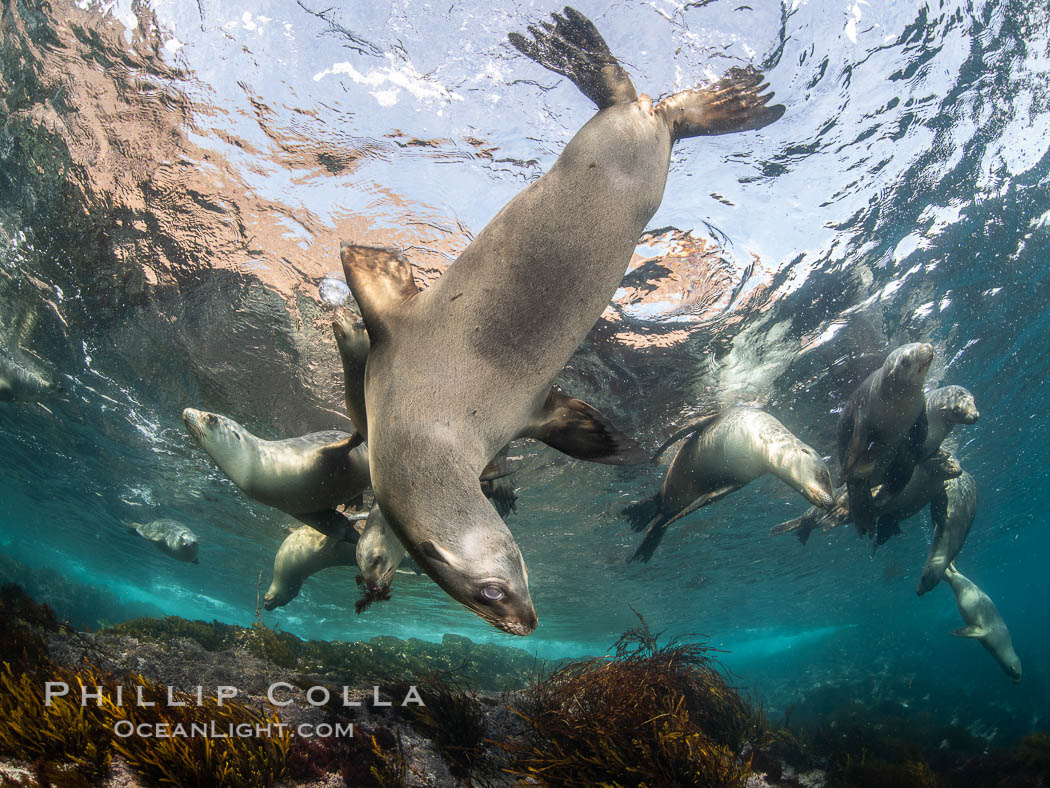
Young California sea lions playing underwater, Coronados Islands, Baja California, Mexico
Image ID: 35865
Species: California Sea Lion, Zalophus californianus
Location: Coronado Islands (Islas Coronado), Baja California, Mexico
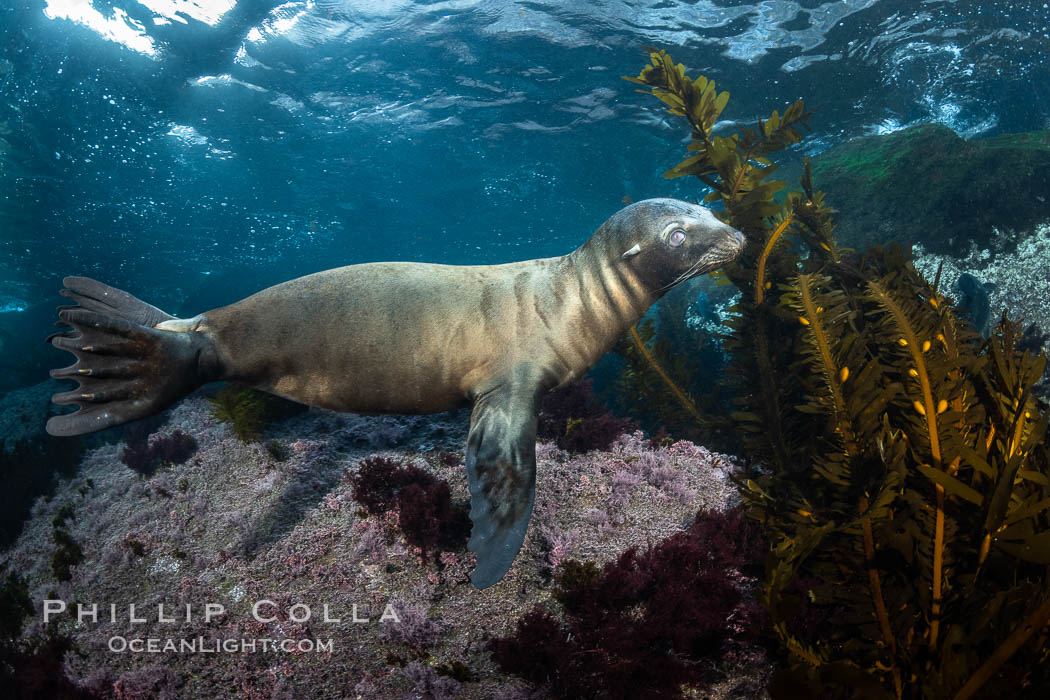
Portrait of a young California sea lion underwater, Coronados Islands, Baja California, Mexico
Image ID: 35866
Species: California Sea Lion, Zalophus californianus
Location: Coronado Islands (Islas Coronado), Baja California, Mexico
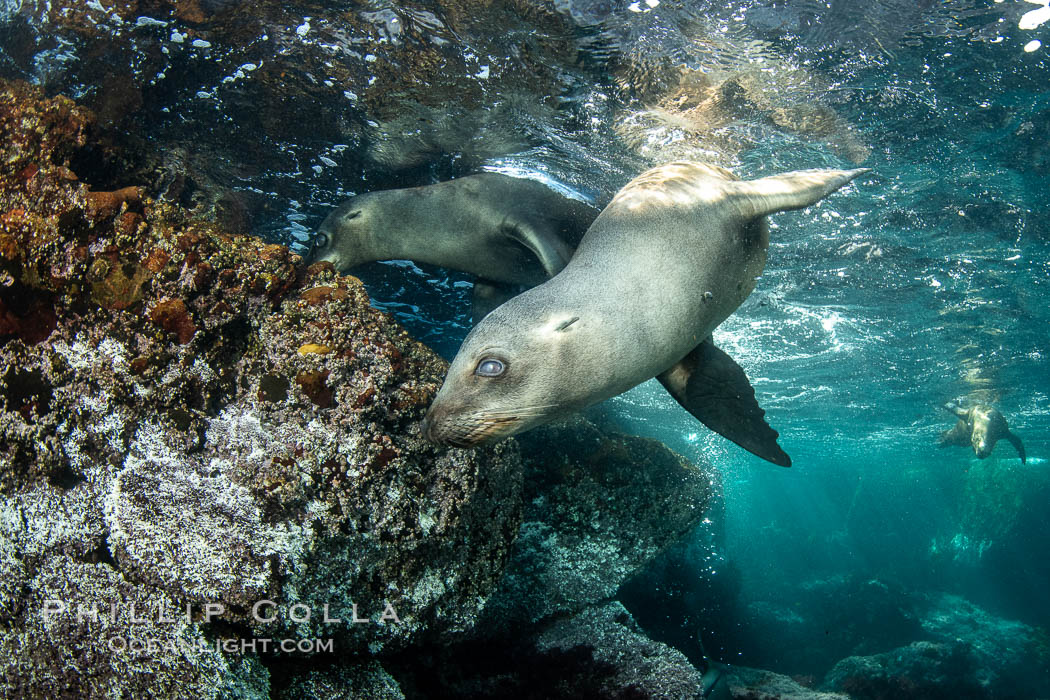
Portrait of a young California sea lion underwater, Coronados Islands, Baja California, Mexico
Image ID: 35867
Species: California Sea Lion, Zalophus californianus
Location: Coronado Islands (Islas Coronado), Baja California, Mexico
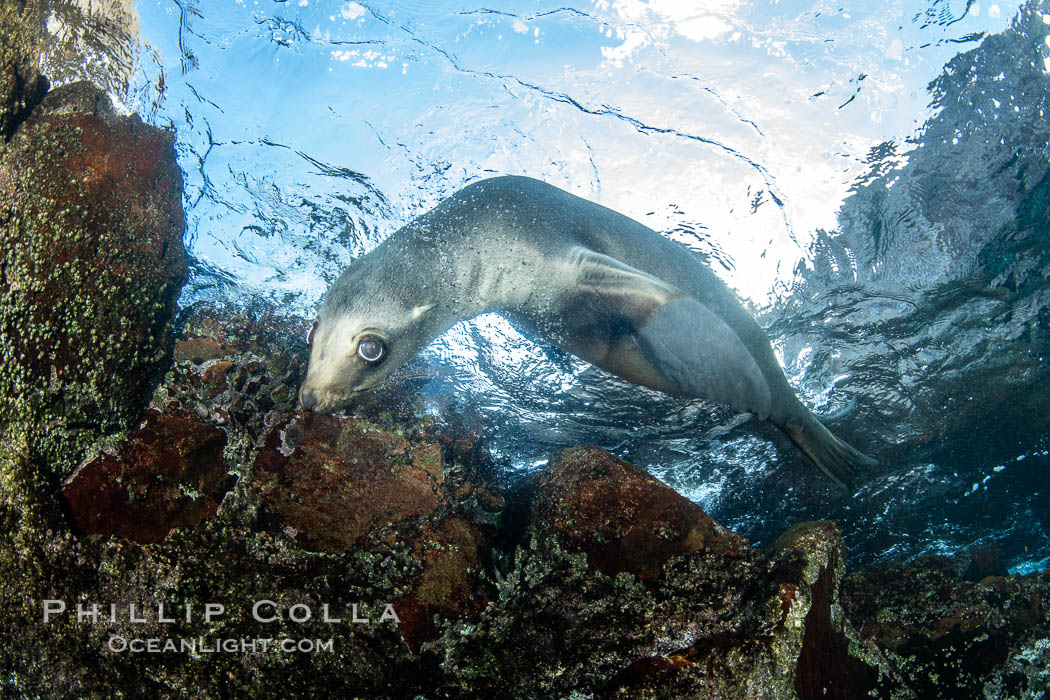
Portrait of a young California sea lion underwater, Coronados Islands, Baja California, Mexico
Image ID: 35868
Species: California Sea Lion, Zalophus californianus
Location: Coronado Islands (Islas Coronado), Baja California, Mexico
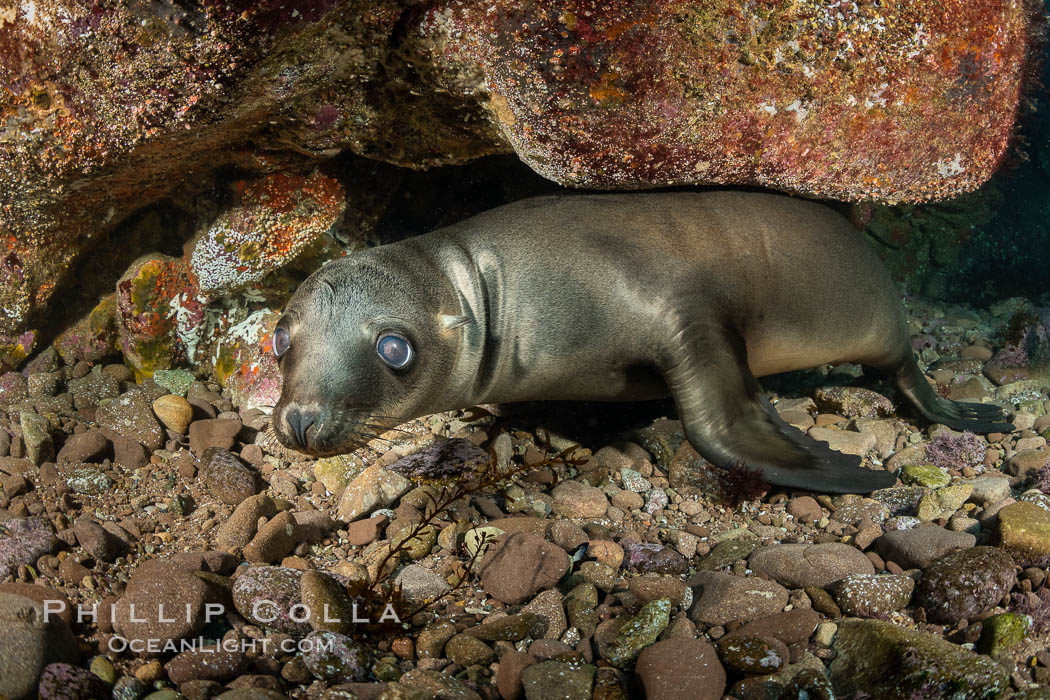
Portrait of a young California sea lion underwater, Coronados Islands, Baja California, Mexico
Image ID: 35869
Species: California Sea Lion, Zalophus californianus
Location: Coronado Islands (Islas Coronado), Baja California, Mexico
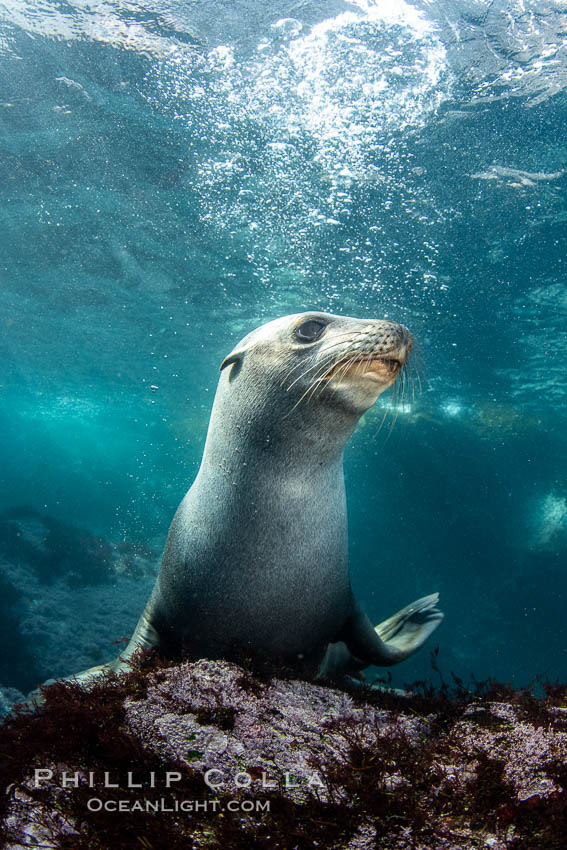
Portrait of a young California sea lion underwater, Coronados Islands, Baja California, Mexico
Image ID: 35870
Species: California Sea Lion, Zalophus californianus
Location: Coronado Islands (Islas Coronado), Baja California, Mexico
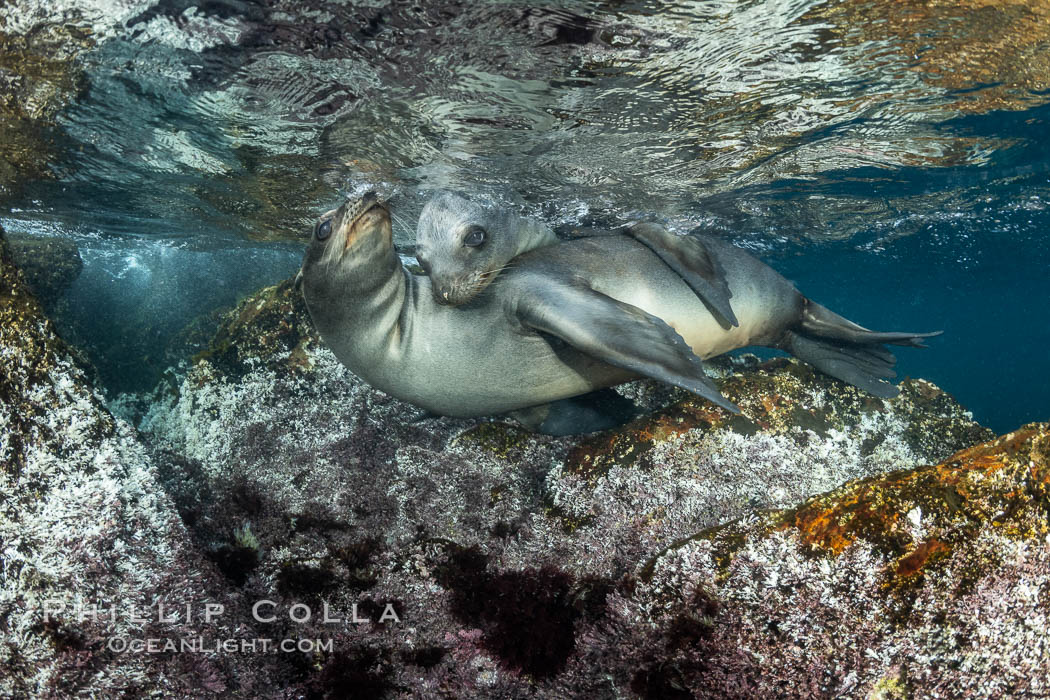
Young California sea lions playing underwater, Coronados Islands, Baja California, Mexico
Image ID: 35874
Species: California Sea Lion, Zalophus californianus
Location: Coronado Islands (Islas Coronado), Baja California, Mexico
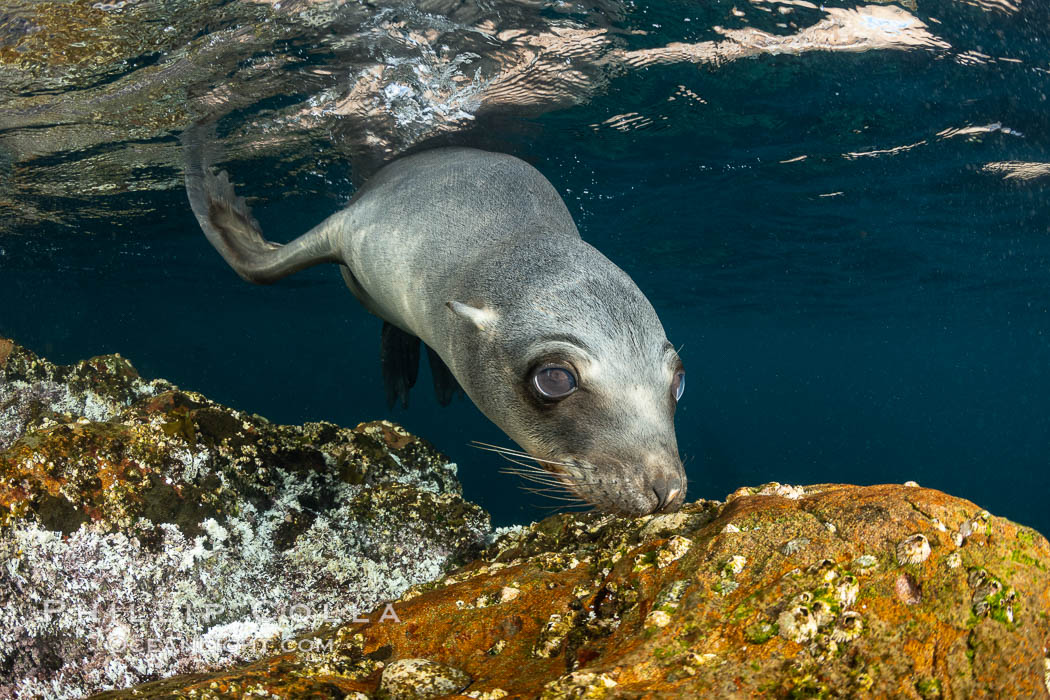
Portrait of a young California sea lion underwater, Coronados Islands, Baja California, Mexico
Image ID: 35875
Species: California Sea Lion, Zalophus californianus
Location: Coronado Islands (Islas Coronado), Baja California, Mexico
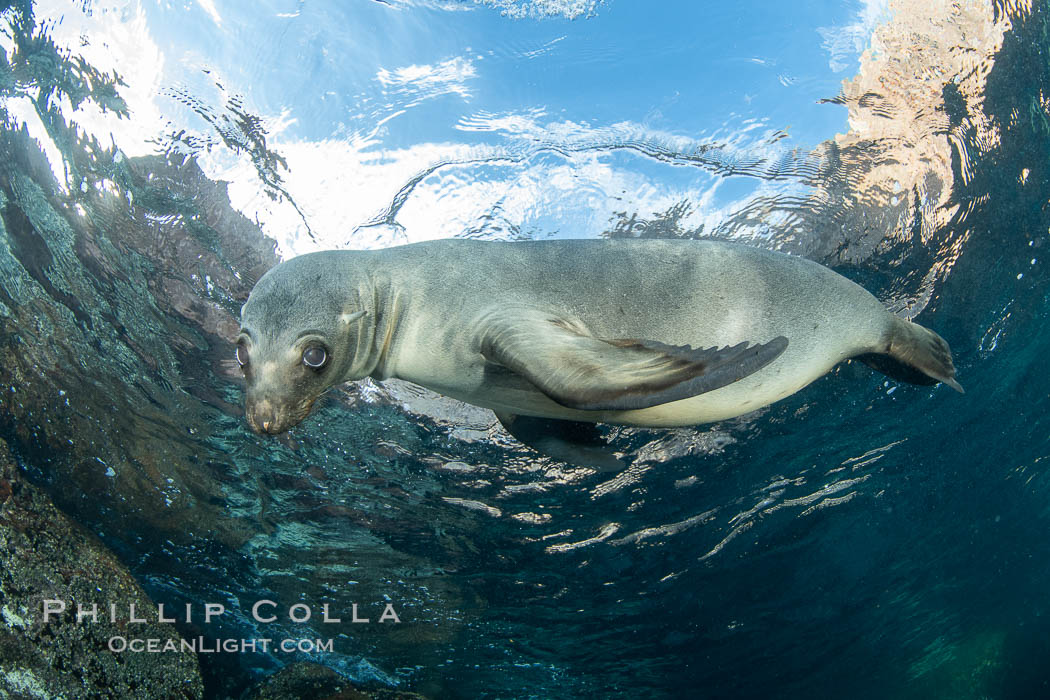
Portrait of a young California sea lion underwater, Coronados Islands, Baja California, Mexico
Image ID: 35876
Species: California Sea Lion, Zalophus californianus
Location: Coronado Islands (Islas Coronado), Baja California, Mexico
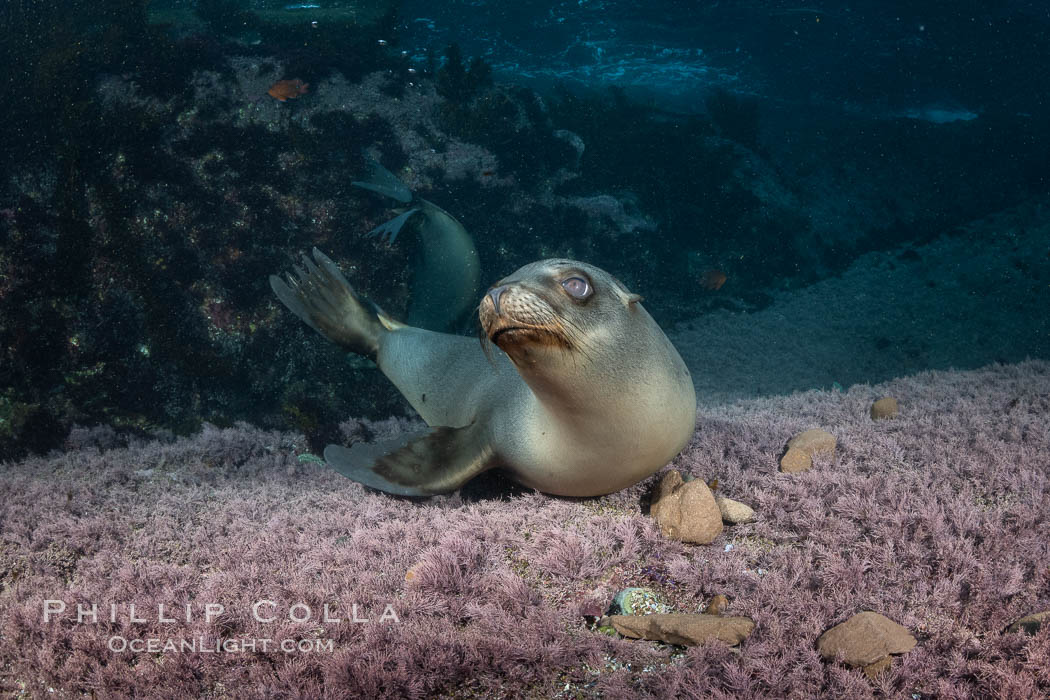
California sea lion playing with rocks underwater, Coronados Islands, Baja California, Mexico
Image ID: 35878
Species: California Sea Lion, Zalophus californianus
Location: Coronado Islands (Islas Coronado), Baja California, Mexico
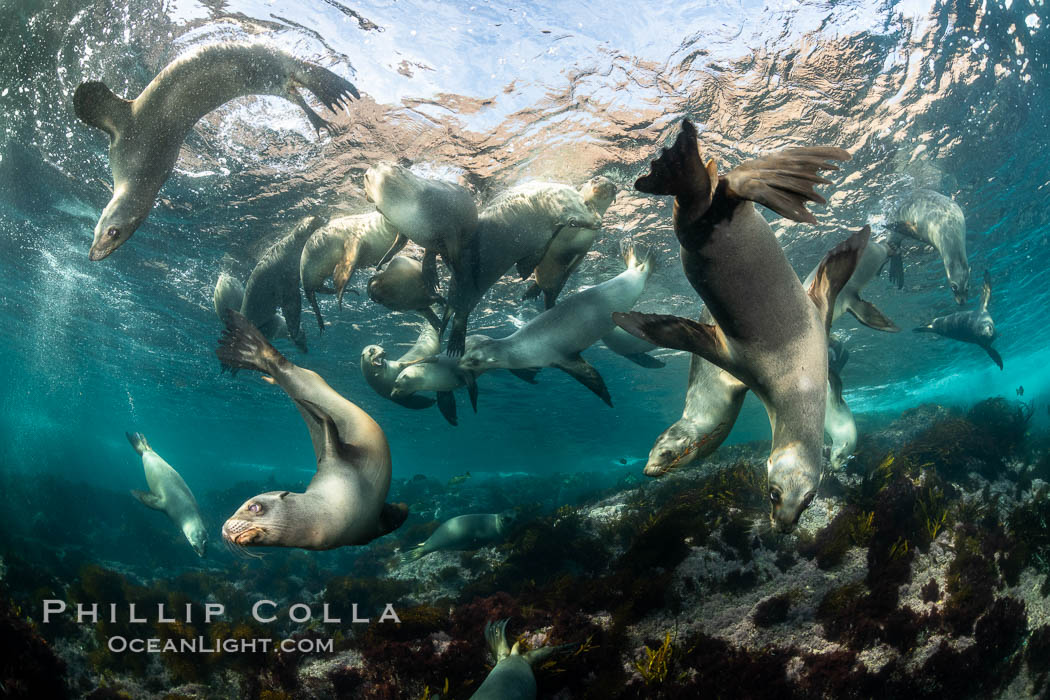
Young California sea lions playing underwater, Coronados Islands, Baja California, Mexico
Image ID: 35884
Species: California Sea Lion, Zalophus californianus
Location: Coronado Islands (Islas Coronado), Baja California, Mexico
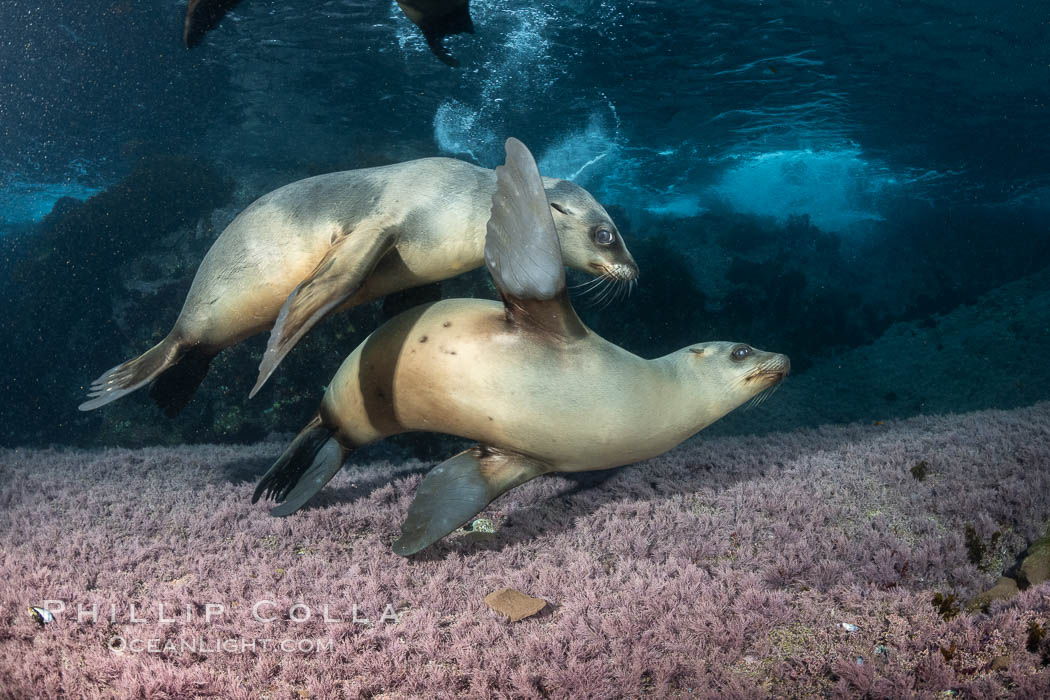
Young California sea lions playing underwater, Coronados Islands, Baja California, Mexico
Image ID: 35889
Species: California Sea Lion, Zalophus californianus
Location: Coronado Islands (Islas Coronado), Baja California, Mexico
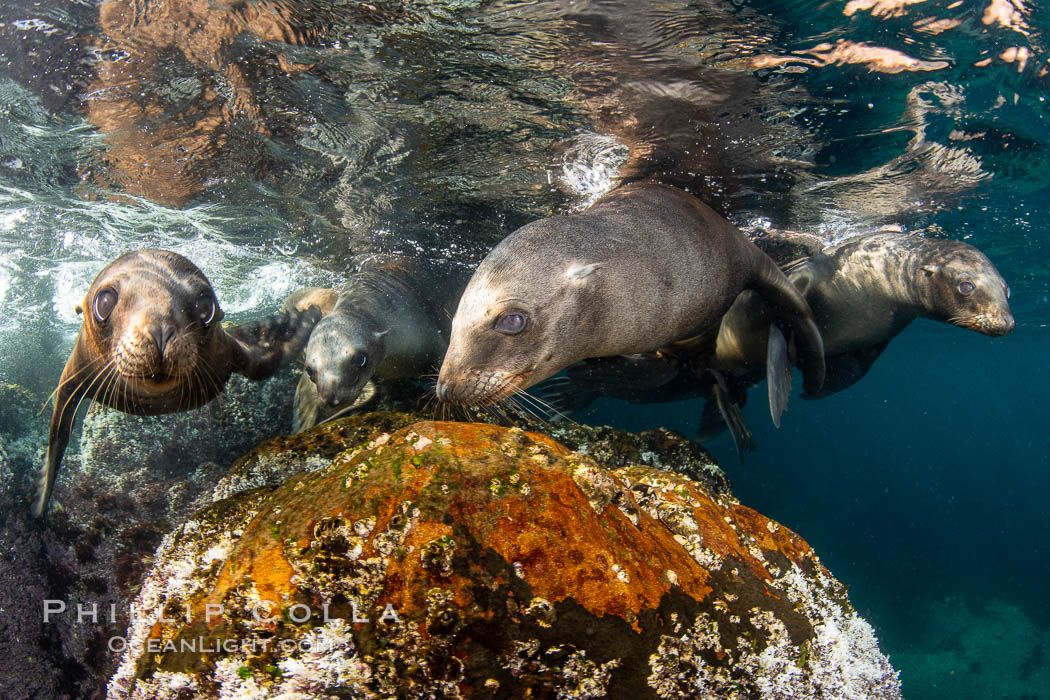
Young California sea lions playing underwater, Coronados Islands, Baja California, Mexico
Image ID: 35893
Species: California Sea Lion, Zalophus californianus
Location: Coronado Islands (Islas Coronado), Baja California, Mexico



